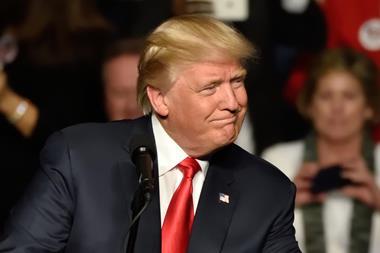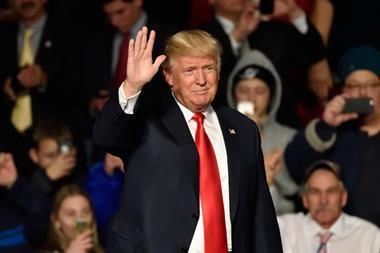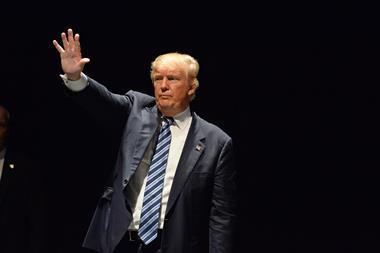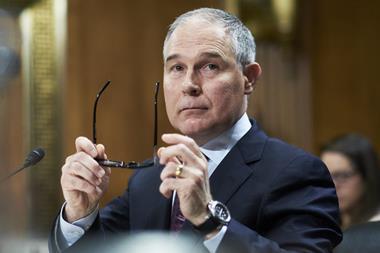Painful portrait painted of future US federal research funding with energy, climate and environment cuts expected
A gloomy picture of US federal research funding under President Trump emerged at the annual meeting of the American Association for the Advancement of Science (AAAS) in Boston.
Almost all US federal R&D funding comes out of the so-called domestic discretionary budget, which is the part of the budget that Congress controls, and it’s particularly vulnerable to pressure. The Trump administration plans to deliver significant tax cuts, plus a major increase in defence spending of potentially more than $30 billion. That is on top of its promise to repeal Obama’s Affordable Care Act, which many estimates indicate would increase the national deficit dramatically.
‘There is going to be an across-the-board cut in domestic discretionary spending, which could be quite significant as it will affect lots of R&D agencies,’ predicted William Bonvillian, who was a senior policy advisor in the Senate for 17 years before joining the Massachusetts Institute of Technology. His remarks came during a 17 February session of the AAAS meeting convened to discuss the Trump transition.
‘I worry very much about possible, or even likely, reductions in support for basic research, as well as for research, monitoring and assessment on climate change, and for research on toxic substances,’ said John Holdren, President Obama’s long-time science adviser who now co-directs Harvard University’s science, technology and public policy programme, during a separate session of the AAAS meeting. ‘I worry about all of those,’ he added.
‘A pretty uphill position’
Former congressman Bart Gordon, who chaired the House of Representatives science and technology committee from 2007 to 2010 and is currently a partner at the law firm K&L Gates in Washington, DC, echoed these concerns. ‘We’re going to see, I think, some very ugly budgets in discretionary spending, and in the science and research area it will be a particularly tough place,’ he said. ‘We are going to start off with a pretty uphill position, I am afraid,’ Gordon added, noting that the new director of the White House Office of Management and Budget (OMB), Representative Mick Mulvaney, is ‘very much for balancing the budget, which is a good thing to do, but you want to do it in the right way – you can’t do it by taking all of the money out of the domestic discretionary spending’.
Josh Shiode with the AAAS Office of Government Relations, also noted that Mulvaney wants to cut the size of the government, and he called Mulvaney’s record on R&D funding ‘not great’. While in Congress, he offered an unsuccessful amendment to cut US Department of Energy science and energy research programmes by 24%, Shiode noted. The Senate narrowly confirmed Mulvaney as the next OMB chief on 16 February.
Shiode emphasised that the OMB works with science agencies to develop presidential budget requests, and its influence is particularly strong when agencies are being funded under a continuing resolution, as is the present situation.
The current continuing resolution that is keeping the US government funded at last year’s level, in lieu of proper appropriations, expires on 28 April. Congress is expected to pass another continuing resolution to fund the government until the current fiscal year ends on 31 September. A preliminary outline of Trump’s budget request for fiscal year 2018 could come later this month, but his full proposal is not expected until April or May.
Meanwhile, two ‘severely austere’ proposals are informing the White House budgetary decision-making process – the Republican Study Committee budget and the Heritage Foundation budget – according to Shiode. He said both of these proposals seek major cuts to discretionary spending overall and they target certain science and technology areas for cuts, particularly energy and climate science, as well as applied technology programmes.

















No comments yet